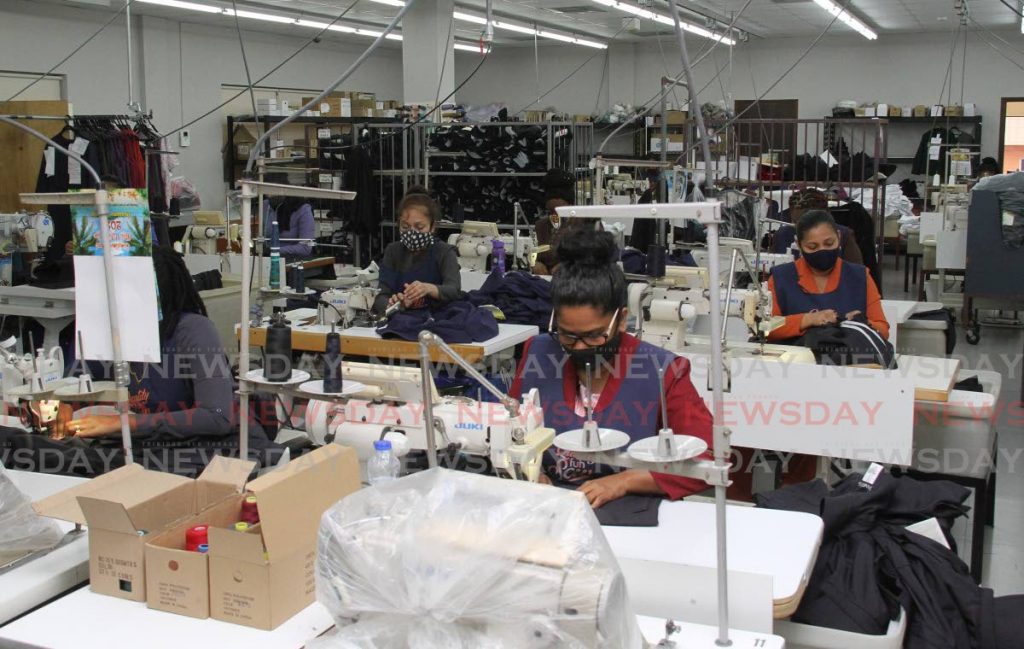We've done garments before

Trade Minister Paula Gopee-Scoon must have thought she was being supportive in calling for more businesses to become involved in the garment construction industry during a tour of the Janouras uniform factory in Chaguanas.
In January 2020, Ms Gopee-Scoon handed over a placard-sized token of the $113,529 paid from the Trade Ministry’s Grant Fund Facility to Cruz Garments Ltd, so she is clearly willing to put taxpayer money into action to support small manufacturers.
But government calls for more businesses to become involved in garment manufacture haven't worked out well in the past.
To limit imports, the number of products on the negative list, a document that imposed punitive import tariffs on selected goods, was significantly increased in the 1970s to encourage import substitution as a business model.
Most businesses established during this era were created to service a protected local market and were small and labour-intensive. The Buy Local era encouraged a surge in local seamstressing and tailoring which ranged from high-quality bespoke clothing to mass-produced garments of poor workmanship. Middle-class women could buy fabric from the famous rows of cloth stores in downtown Port of Spain (which even attracted buyers from other islands) and have them skilfully made up by their chosen seamstress into unique outfits at a reasonable cost. Local designers flourished, too.
But these business models could not compete with the massive scale of production from Chinese factories when they entered the business, rapidly ramping up production to service first-world markets.
The mass market for clothing is now serviced almost entirely by Asian nations, and it won’t be coming back to local sewing machines anytime soon.
The value proposition of the production lines created by George and Hannah Janoura is not in generic mass-market product, but in tailoring that lies between that market and upscale custom-tailored garment-creation. Janouras carved its niche by producing well-designed, climate-appropriate office clothes that company employees were comfortable wearing.
They successfully exported their custom product in the region because that clothing problem proved common to the archipelago.
But scalable garment business has largely evaded TT’s efforts at effective use of its design and garment manufacture talent.
The FashionTT component of CreativeTT has struggled to find growth opportunities for designers and the local garment manufacturing industry.
Through CreativeTT, the UTT has established formal training in the art and design of garments. In 2019, 26 students graduated from a year-long intensive programme in Ultra Bespoke Tailoring led by Andrew Ramroop’s Savile Row Academy of the UK.
Since 2016, FashionTT has run a Value Chain Investment Programme which coaches selected designers on improving their business models and production.
The mass market for garment manufacture is gone, though TT has the talent to establish a presence in the mid-market and more upscale range.


Comments
"We’ve done garments before"